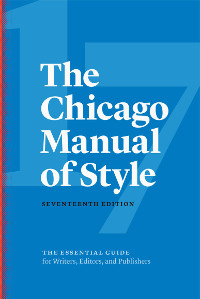1. Go to the original source:
Rather than relying on a blog, magazine or newspaper restating a statistic from a larger study or publication, try your best to locate the original report mentioned. If the short article you are reading cites statistics with no reference to the source, the article ought to be avoided.
For example, on January 12, 2016, a news article from KVUE in Austin mentions, "Affordability issues are expected to continue impacting the number of students within the district, and the report expecting about 600 fewer students in the district each year due to multiple factors." (https://www.kvue.com/news/austin-isd-releases-annual-demographic-report/39601312; screenshot)
However, the article includes a link to the full PDF demographic report on the Austin ISD website (https://www.austinisd.org; screenshot).
2. Provide context:
Introduce the data for the reader by mentioning within the text both the source of the research statistic and the survey or study that was conducted.
For example, using the above example, you might want to mention:
The Austin Independent School District conducts an annual demographics report as well as projection studies for school district planning. According to their 2015 Ten Year Student Population Projections, the district has "experienced a reduction in student population since SY 2013, primarily at the Prekindergarten and Kindergarten grade levels, and can be attributed to decreasing birth rates and lower births to kindergarten relationship (market share)."
3. Use tables or diagrams in some cases:
If you are citing numerous statistics or lots of information, provide tables or diagrams to visually present the data. You can include and cite tables from the original source or adapt to create a table or diagram from borrowed sources. Do not distort or misrepresent the original data.
You will include a caption citation under any figure, map, table, diagram, whether pulled directly from a source or adapted from one or more sources.
If you embed an image of a map, table or diagram into your paper, make sure the image quality is readable.
4. Use caution in application:
Be careful how you are applying your statistical information. Make sure it is relevant to your topic and that you apply the statistic in the correct circumstance. Do not intentionally or accidentally use statistical sources of information to make faulty assumptions of cause or potential effect.
The Publication Manual of the American Psychological Association (APA) is commonly used in the social sciences. It provides two different format styles, one for students and one for professionals. Confirm which style you should use with your instructor.
Use your APA manual or the links below to learn more about APA requirements.

The Chicago Manual of Style (CMS) is commonly used in the humanities. It provides the option of two different documentation styles, so ask whether your instructor requires the author-date style or the notes-bibliography style.
Use your CMS manual or the links below to learn more about CMS requirements.

The Modern Language Association (MLA) Handbook is commonly used in the humanities. It is particularly popular for English courses, but confirm with your instructor before using it.
Use your MLA manual or the links below to learn more about MLA requirements.

A Manual for Writers of Research Papers, Theses, and Dissertations (called Turabian style) is a modified form of the Chicago Manual of Style (CMS) and is commonly used for student work in the humanities. Confirm with your instructor before using it.
Use your Turabian manual or the links below to learn more about Turabian requirements.
© McLennan Community College
1400 College Drive Waco, Texas 76708, USA
+1 (254) 299-8622